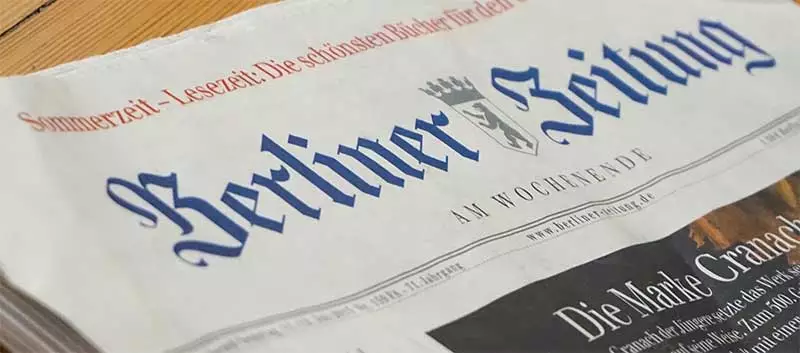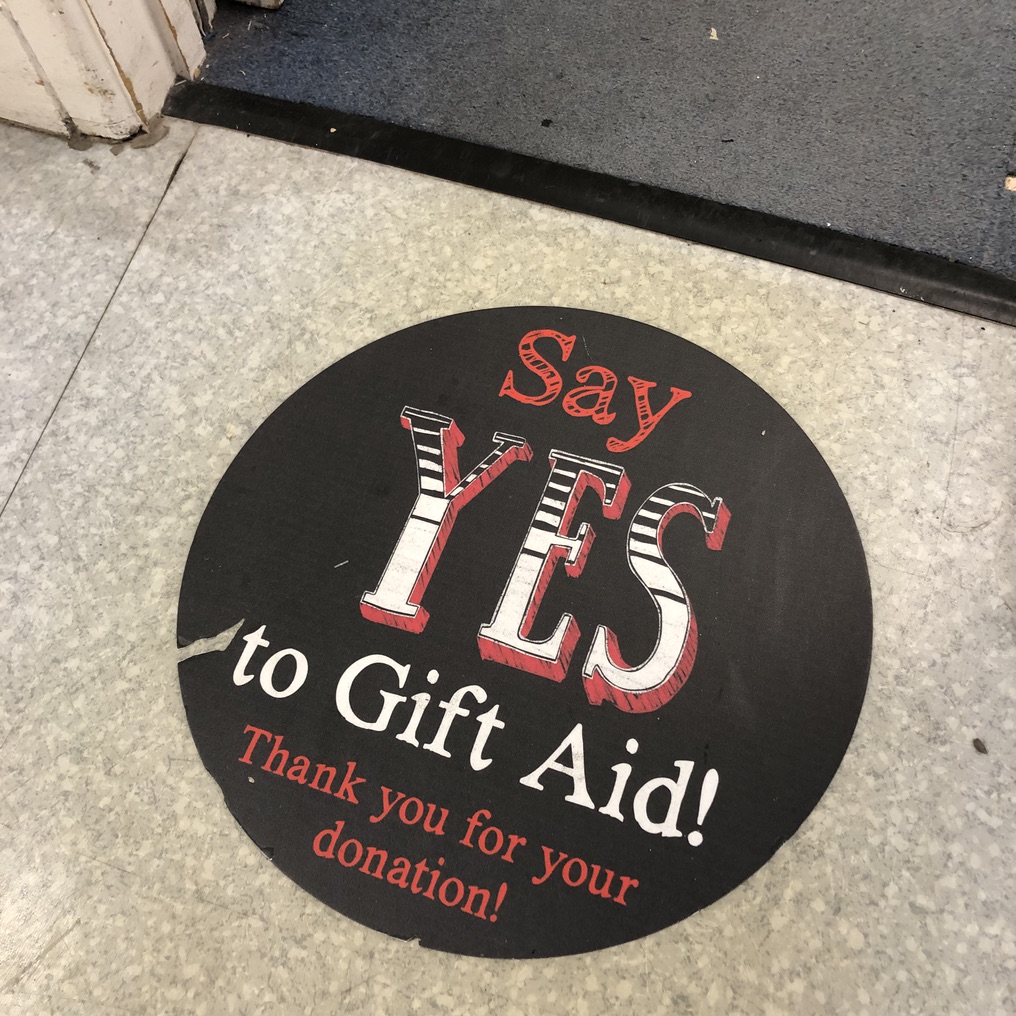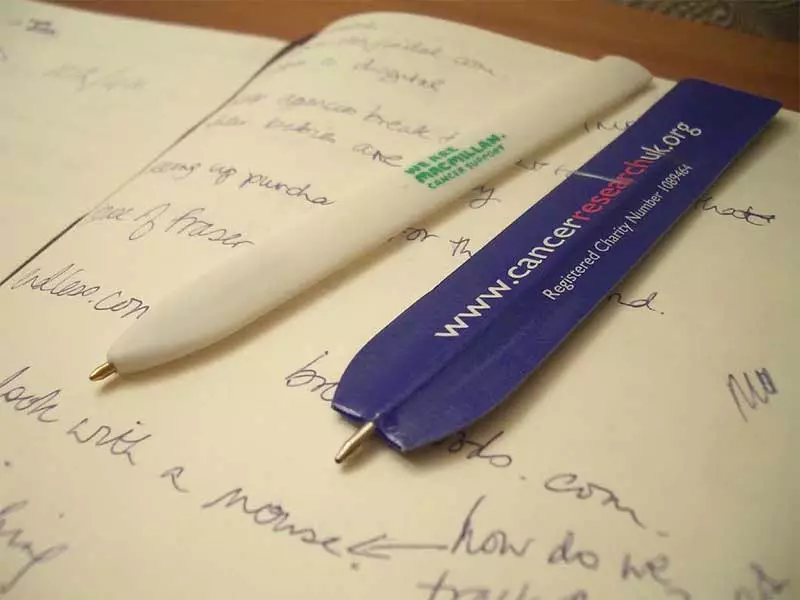Fundraising practice and donor response: Europe versus the USA
A recent trip to the US provided some interesting insights into some of the differences in fundraising practice and donor response across Europe and the US.
First language correlates to response

In Belgium, the preferred language – French or Flemish – is a consistent indicator of the relative response rate and average donation values for charity direct mail. I’ll spare any blushes by not sharing the details. But is this a cultural difference or an economic one?
Advertisement
The ‘law’ is an ass. Or a donkey. Or a horse
UK best practice suggests charities spend less than 25% of income on fundraising. In Germany there is a requirement for charities to achieve an ROI of at least 2:1 across their annual fundraising calendar. In the US charities need to keep fundraising call to actions (CTAs) to less than 25% of the total CTAs in their advertising.
(Typically measured by lines of copy and number of seconds of on screen messaging in TV ads, a Fundraising CTA is any that mentions money or encourages/facilitates giving – most of the copy/message in a UK fundraising ad!)
You can’t always believe what you read in the papers

Some of the coverage given to Angela Merkel’s decision to accept hundreds of thousands of refugees suggests there has been a fierce public backlash.
Fundraisers tell a different story, reporting that the German public is responding in higher numbers and making larger donations than would normally be expected to their appeals to help deal with the crisis.
What’s in a name?
The Dutch public recognise emergency appeals made by their equivalent of the UK’s Disasters Emergency Committee (DEC) by the name GIRO555. The name derives from the payment code used when people donate so is itself quite purposeful. But arguably, even if this were not the case, it does sound somehow purposeful or urgent.
Can any name with the word ‘committee’ in it ever claim that? Should the DEC consider a rebrand?
Framed by the taxman

Gift Aid is an important source of funds for UK charities. The tax systems in other European states also help support charitable fundraising but some work in very different way. Here, a tax-payer makes a donation and the tax-man chips in with an additional 25%*. Elsewhere, tax-payers make a donation and then claim back.
Assuming tax rates are the same (they are not) the net cost to the tax-payer is the same. But paying, say, £100 now and getting £20 back later sounds and feels very different to paying £80 now, knowing the charity will get £100.
A behavioural economist would describe this as a framing issue and, presumably, it must have an impact on the generosity of donors – although measuring this would probably be tricky given that tax rates vary significantly (in France the tax rebate can be as much as 75% – a big number that no doubt also has a behavioural effect.)
(* A UK higher rate taxpayer can also claim back the difference between basic gift aid and their higher rate through annual tax return)
What could possibly go wrong?
For US and European charities, direct mail plays a very important role in the fundraising mix – for both donor development and initial acquisition. Donor development obviously uses an in-house database.
But acquisition is often done using lists shared or swapped between charities. Sound familiar?
Response at a premium

Another common and important feature of European and US fundraising is the use of a premium to drive response; a give-to-get mechanism. The technique is not so popular with UK based fundraisers but for those that do use it, best practice is to include a premium that has a connection with the cause or campaign.
European and US experience doesn’t rule out the use of cause related premia but hard evidence suggests that this cannot be at the expense of utility and a corresponding perception of value. For example, an attractive design on a tote bag can significantly out-pull a less-attractive but cause related design – measured by response rate and average gift. Presumably supporters need to be prepared to carry and use the bag in public for it to have real value.
David Brown is Planning Director at WPN Chameleon, where a talented team of 55 people operates across all areas of digital, direct marketing and DRTV. They work with a wide range of charities and commercial organisations.



